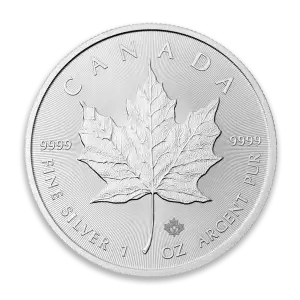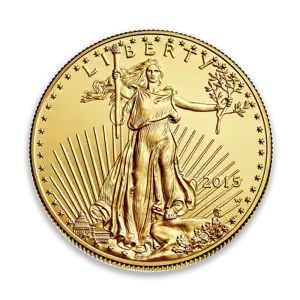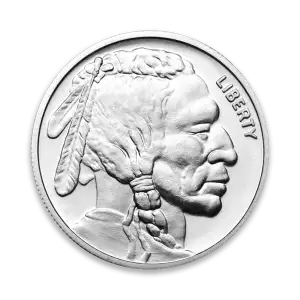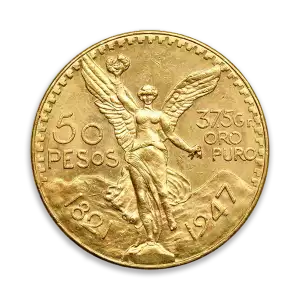The Destruction of the Gold Standard: A Historical Overview
The gold standard was a monetary system in which the value of a country's currency was directly linked to a fixed amount of gold. This system provided stability, controlled inflation, and confidence in money, but it was ultimately abandoned due to economic pressures, wars, and the need for more flexible monetary policies.
1. What Was the Gold Standard?
Under the gold standard, countries agreed to convert their paper money into a specific amount of gold upon demand. This limited the ability of governments to print money, ensuring price stability and controlling inflation.
- Classical Gold Standard (1870s–1914): Most major economies backed their currency fully by gold.
- Gold Exchange Standard (1920s–1930s): Only some currencies were backed directly by gold, while others were linked to gold-backed currencies.
- Bretton Woods System (1944–1971): The U.S. dollar was tied to gold, and other currencies were pegged to the dollar.
2. Why Was the Gold Standard Abandoned?
A. World War I (1914–1918): The First Major Blow
- Many countries suspended gold convertibility to print money for war expenses.
- Governments needed more financial flexibility, and gold reserves became insufficient to support war efforts.
- After the war, some countries tried to return to the gold standard, but economic instability made it difficult.
B. The Great Depression (1929–1939): Gold Standard’s Weaknesses Exposed
- The gold standard restricted monetary policy, making it difficult for central banks to stimulate economic recovery.
- Countries couldn't print more money to aid recovery because they were bound to gold reserves.
- Britain abandoned the gold standard in 1931, leading to a domino effect of countries doing the same.
- The U.S. responded by banning private gold ownership in 1933 (Executive Order 6102) to prevent hoarding and allow money supply expansion.
C. Bretton Woods Agreement (1944–1971): The Last Stand
- After World War II, the Bretton Woods System was established, where the U.S. dollar was directly linked to gold ($35 per ounce), and other currencies were pegged to the U.S. dollar.
- The U.S. held most of the world’s gold reserves, making the dollar the global reserve currency.
D. Nixon Shock (1971): The Final Collapse
- By the late 1960s, the U.S. had massive debt from the Vietnam War and social programs, leading to concerns about gold reserves.
- Foreign countries started redeeming U.S. dollars for gold, draining U.S. reserves.
- On August 15, 1971, President Richard Nixon suspended gold convertibility, effectively ending the gold standard (known as the Nixon Shock).
- This move allowed governments to print money freely, transitioning to a fiat currency system.
3. Consequences of the Gold Standard’s End
| Pros of Leaving the Gold Standard | Cons of Leaving the Gold Standard |
|---|---|
| ✅ Greater Economic Flexibility – Governments can adjust interest rates and print money during crises. | ❌ Higher Inflation & Loss of Purchasing Power – Fiat money can be devalued over time. |
| ✅ Stimulated Economic Growth – The ability to expand the money supply helped prevent depressions. | ❌ Unrestrained Government Spending & Debt – Governments can print excessive amounts of money, leading to unsustainable debt. |
| ✅ More Control Over Monetary Policy – Central banks could actively fight inflation and recessions. | ❌ Currency Devaluation & Instability – Fiat money lacks intrinsic value, leading to loss of confidence during financial crises. |
4. Modern-Day Implications
Since 1971, global currencies are fiat-based, meaning they are backed by government trust rather than physical assets.
Central banks now control money supply through interest rates and quantitative easing, which can lead to economic booms and busts.
Many investors use gold as a hedge against inflation, government debt, and economic uncertainty, since fiat money can be devalued.
Conclusion
The destruction of the gold standard was driven by war, economic crises, and the need for financial flexibility. While it allowed for modern economic policies, it also led to higher inflation, uncontrolled government spending, and financial instability.
Today, gold remains a key asset for investors looking to protect against fiat currency risks.












